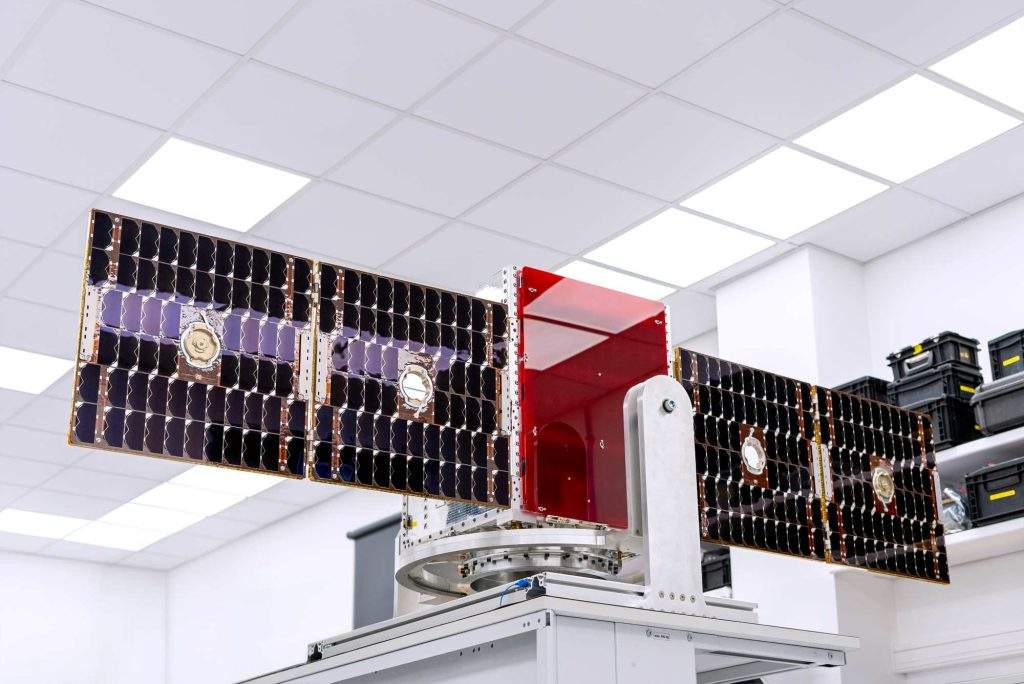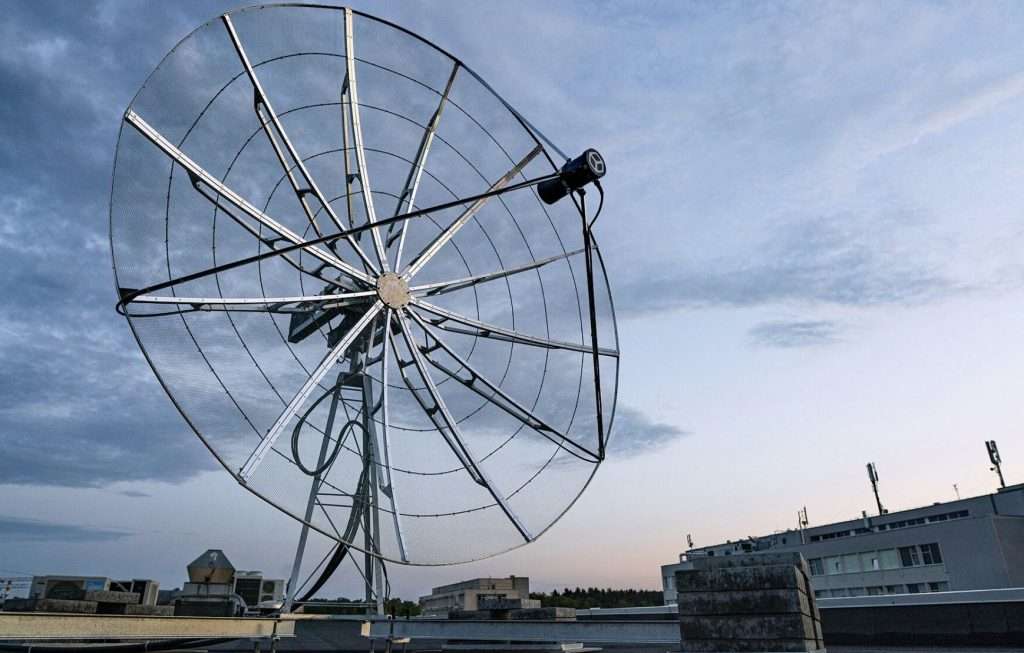Be part of the future with us!
Register now for our online product launch event on May 23rd.
Operations of both CubeSats and small satellites share similar characteristics to the engineering topics discussed in this series. Just as small satellites have subsystems comparable to their larger relatives, small satellite operators must perform the same functions as large satellite operators. At the same time, these new space applications operate at unprecedented scales.
Regardless of the size, a satellite mission has two operations teams: satellite operations and mission operations.

Satellite Operations team effectively and efficiently operate and maintain the satellite throughout its operational lifespan. These operators are committed to ensuring the satellite’s consistent functionality, performance, and mission success by overseeing every facet of satellite operations. This encompasses orbit control, payload operations, communications, data management, and system health checks.
Telemetry the small satellite sends from orbit gives this team information about the satellite’s position in space and the performance of its subsystems. Satellite operators will radio commands as needed. For example, a satellite could be commanded to switch the configuration or execute some command sequence outside the ground station contact window autonomously.
Mission Operation Engineers verify the readiness of the ground systems, simulate LEOP procedures, and prepare for the launch and initial communication with the satellite to ensure a successful start of the mission.

Also, they activate and verify onboard systems, and establish initial communication and control capabilities in orbit, preparing the satellite platform for payload operations. For example, a remote sensing satellite’s mission team will plan which sensors and filters to use when passing over a target site.
Small satellite missions range from a startup’s modest, one-satellite proof of concept to a communications company’s thousand-satellite constellation. Such extremes prevent a single solution to operations design. Furthermore, large satellite operators’ options may not be available to small satellite operators.
Traditional geostationary satellites only require a few ground stations to stay constantly connected with their owner’s operations center. A small satellite’s visibility to a ground station is measured in minutes. A global network of ground stations keeps operators in communication with their constellations. At the same time, ground networks are more resilient to disruptions at any single ground station. Third-party ground station networks provide affordable access to small satellite operators.

Other considerations in CubeSat and small satellite operations include the size and number of operations centers, mission data storage, cybersecurity, and space situational awareness.
Any space mission must fit its operational needs within its budget. A long-established solution is to outsource satellite operations to third-party experts. Planetary science missions, for example, often comprise an aerospace company’s satellite operators and the space agency’s project scientists.
This cooperative approach particularly benefits startup firms, academic projects, and other small satellite missions. Companies like NanoAvionics provide ground station networks, IT resources, and established processes for efficiently managing complex satellite operations. Freed from the challenges of operating vehicles in space, the mission team can focus on getting the best results from their payloads.